
For those who may be thinking about Lightning Source (LSI), I wanted to give you a quick rundown on what it takes to at least get your foot in the door and get an account.
The first thing you need to keep in mind is that Lightning Source is not a path for those who don’t know how or aren’t willing to do all the in-depth pre-press work. This company is geared toward working with publishers who have technical people working the nuts and bolts of getting a book to press. They’re willing to work with authors, as well, as long as you really understand what you’re getting into.
So, what’s involved? First, assuming you’re up for the technical side of it, you log onto their site and go through the account creation process. A few things you’ll need up front: your company information; ISBN prefix from at least one of your ISBNs; charge card information so they can charge the necessary fees when you get that far; and bank account information (account number and routing number) for where your royalties will go. As far as I know, they don’t verify that you’re a company, but if you’ve gone this far in getting your book published, you’re silly if you don’t at least set up a sole proprietorship or LLC so you can write off your business expenses (there are lots of other good reasons to do this as a business, but that one goes directly to your wallet or pocketbook).
Once you fill out the basic questionnaire on-line, there’s a break in the action so a sales rep can contact you via email for a follow-on series of questions:
- How many titles do you plan to print with Lightning over the next 12 months?
- Do you own the rights to the title(s)?
- Have your titles been printed/published by any other company other than yours?
- How do you plan to submit your title(s) to us?
- Have you previously spoken to any sales representative at Lightning Source?
Again, just be honest in answering the questions. I think their main concern is probably just making sure people aren’t getting in over their heads and confusing Lightning Source (LSI) with a POD publisher like Lulu or Outskirts Press.
Once you answer those questions, the sales rep will get back with you and send you some additional documentation in PDF format:
- An account application form with the information you put in on the web, but you have to sign it
- A publishing agreement
- A W-9 tax form
There aren’t any big surprises here after what you fill out on the web – this is basically to confirm, sign, and send back.
Next: pricing:
- For a book that’s in the proper electronic (PDF) form, you’ll need two digital files: one for the cover and one for the bookblock (text), which is standard for all the “DIY PODs”, it seems. The title setup charges for processing these files are $37.50 each, so for one book that’s $75.
- For books that you buy direct (say, to sell through your web site), the charge for paperbacks from 5?x8? to 6?x9? is $0.90 + $0.015 per page.
- For books sold wholesale to retailers (which LSI takes care of), their price is a bit lower: $0.90 + $0.013 per page.
- They also offer price discounts for bulk orders.
- You have to order at least one proof copy of your book, which is $30 for paperbacks, including overnight delivery.
- If you want to take advantage of their wholesale distribution network, it’s a $12 annual fee.
That brings us to the primary reason I’m interested in LSI: wholesale distribution. Here’s the boilerplate text from the information one of my sales reps sent:
Our US distribution partners include Ingram Book Company, Spring Arbor, Baker & Taylor, Barnes & Noble, NACSCORP and Amazon.com. To have your title made available through this distribution channel, the digital catalog fee for this service is $12.00 per year, per ISBN, per binding type. You may also choose to have your title(s) made available through our UK distribution partners at no additional charge. Our UK partners include Bertrams, Gardners Books, Blackwell’s Library Services, Coutts and Dawson, Holt Jackson, Paperback Bookshop, The Book Depository and Amazon.co.uk.
That all sounds great! And, now that I think about it, I have to check on UK distribution, as I didn’t indicate in my application that I wanted to do that (”duh!”)…
Editor’s Note: Yep, be sure to check U.K. distribution as well, as it can be difficult to track down these contracts once you only select one type of distribution. These can’t be downloaded once you go through the online application system.
Get an Editorial Review | Get Amazon Sales & Reviews | Get Edited | Get Beta Readers | Enter the SPR Book Awards | Other Marketing Services






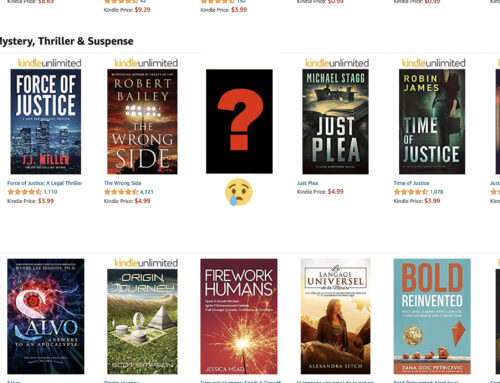
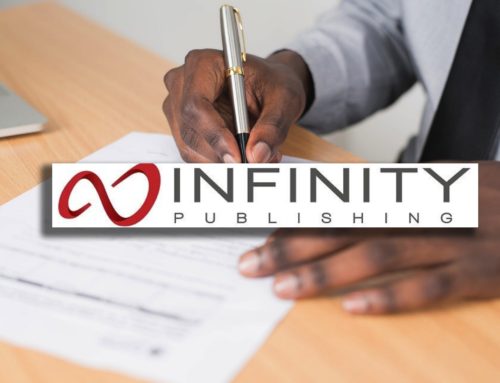

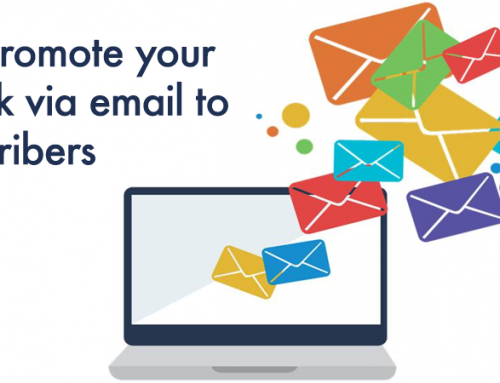
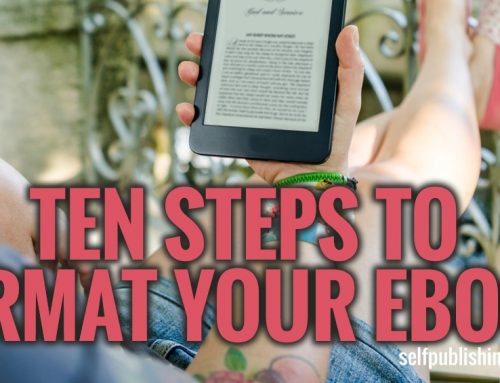

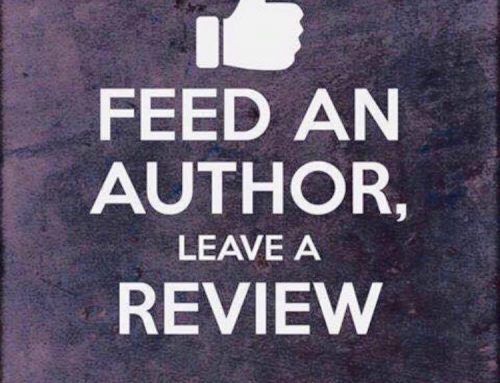


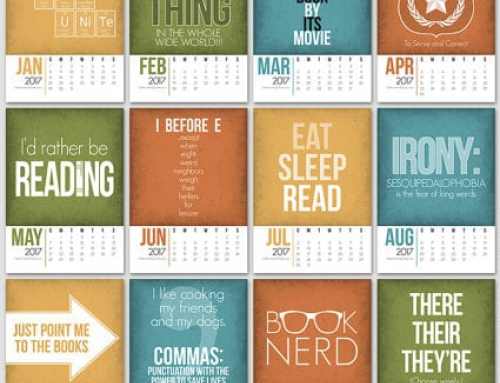

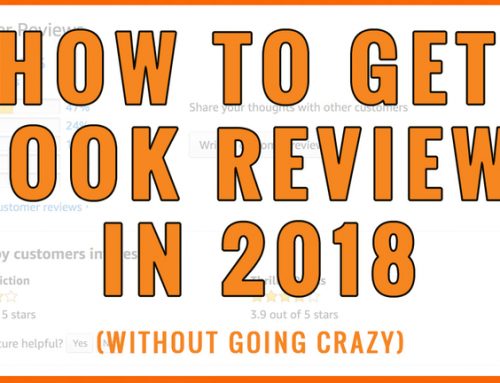
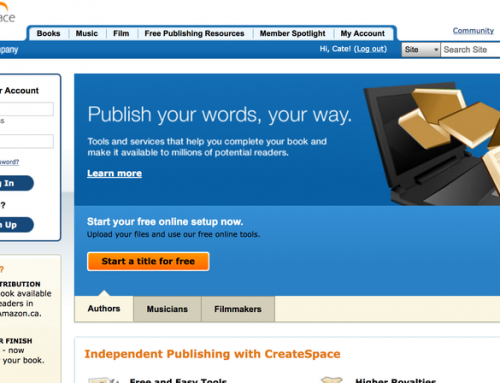
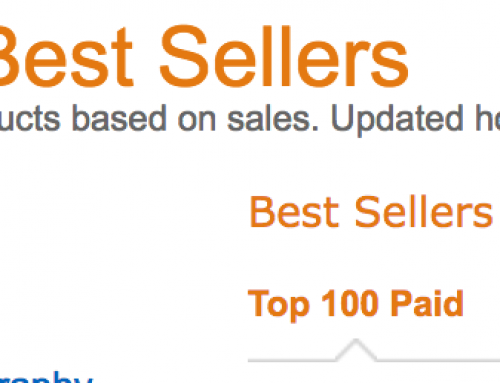

Thanks for the good information, Henry!
Another self-published writer told me that she spent a full year learning how to do all the pre-press work so that she could have her book published through LSI. As I recall, she spent most of that time primarily learning how to do PDF layouts both for the internal design and for the cover.
I’ve been an LSI vendor for e-books since 2004. The statements and electronic payments arrive on time. Graphic design is something you can hire done from third parties. Whether or not you do that is a business decision. They also are distributing through the Expresso Book Machine, but there are currently only about a dozen of those machines in the installed base worldwide. No rush, in other words, to capture a piece of that channel. You need to calculate your page count carefully and allow for the 55% discount from retail to get a price where you can actually make money. Leave the discounting to the retailers like Amazon.com
One minor correction — you are only REQUIRED to order a proof copy for your first book printed by LSI.
As for Carol’s comments, this all-too-common problem stems from confusion over what LSI does and expects. First, LSI is NOT a publisher, they are only a printer (albeit one with direct connections with both Ingram Books and Amazon.com).
As a printer, LSI expects publishers (including self-publishers) to know how to prepare files that meet the requirements of a printer. They will help you through some of the process but expect a certain level of competence.
LSI has very strict requirements for book block and cover files uploaded to their system. If you don’t understand how to prepare the files to meet those requirements, you must either learn how or hire somebody who already knows how to do it for you. There really are no shortcuts.
If you try to use a program like MS Word for book layout/typesetting, you’re going to have more problems than if you use real page layout and design software (like Adobe InDesign). And if you don’t buy the full-up Adobe Acrobat (not the free reader program), you’re going to have more problems producing files that will pass LSI’s preflight checks.
As with every other endeavor in life, having the tools won’t make you an expert. You have to spend some time learning how to use them well. So don’t spend over a thousand dollars on InDesign and Acrobat unless you’re going to invest the time in learning how to use them well. Otherwise, you’re far better off paying an expert to do that part of the work.
You might want to check out “Is Lightning Source the Self-Publishing Answer?” at http://waltshiel.com/2008/07/10/is-lightning-source-the-self-publishing-answer/ on my blog for a slightly different view.
LSI helps to level the playing field for indies and self-publishers…but it does not eliminate the necessary work or the knowledge needed to play on that field.
Walt Shiel
Publisher, Slipdown Mountain Publications LLC
Although it is recommended you order a proof copy of your book(s), especially if you’re new to publishing, it’s not required. The fee is to cover the cost of overnight UPS shipping.
Also, to the list of distribution channels should be added On-Demand Books and the Espresso Book Machine.
We have been working with LSI since 2006, and I can’t say enough good things about the quality of their service, their people and their work. They are consummate professionals, and I have never yet had a problem that wasn’t fixed within 24 hours. More important, they go out of their way to ensure what you produce together is of top quality.
Not only is the pricing good giving you a stronger profit margin, and the distribution great, but… they have the best POD printing I’ve seen. Quality trade paperbacks in my opinion.
I don’t know if Booksurge has changed in the last several months or not, but when they sent me samples their covers were too shiny for my taste (and they didn’t have any other options), and the binding glue was yellow so it didn’t blend in with the book, which to me just doesn’t look professional. But LSI’s looked great.
Lightning Source is a fantastic option for writers and self publishers. It is a great way to bypass the middleman and take control of your own publishing future. I set up my account with Lightning Source in 2008 and will begin publishing with them in 2009.
The key to the entire publishing experience is your digital print ready PDF file. You can generate it using a variety of software. The books I am publishing are primarily text so Iam not working on any complicated layouts.
You can use MS Word for page layout, just be sure to use the Styles to adjust headers and subheads, rather than trying to do it manually.
If you are serious, it makes sense to investigate using Lyx. Lyx is based on TeX and LaTeX a professional typesetting program. It separates format from content and is the most underrated self publishing tool around.
Cheers!
Bernie Malonson
I need your help getting my file print digital ready. Please help!!!!!!!!!!!!!!!!!!!
I’m thinking of using a POD service for an ebook I have.
LSI seems a bit complicated for me, so I think I’ll go with Lulu…I need some hand holding since this will be the first physical book I publish
Hey Fender, I can appreciate that feeling but it’s really not THAT complex. Take a look at the book: “Print-On-Demand Book Publishing” By Morris Rosenthal. It will walk you through it. Really the only thing you have to worry about is formatting/layout for cover art and interior art for LSI, because at the end of the day LSI is mainly a printer. Though they are so much more because of the distribution channels they get you into.
The difference in the profit per book you will make with LSI and with someone like Lulu is like night and day. It really is worth it to go through the learning curve and be more in control of your own publishing destiny.
I’m totally baffled by LSI. This is my first book and I’m totally confused by the lingo in the setup. I’m pretty computer literate but don’t understand a lot of what they’re talking about! Zoe, you say LSI and Lulu is like night and day… what are the differences? I’m ready to throw in the towel with LSI becsuse I feel like a fish out of water.
Marissa, I’m in the process of working with Lightning Source. The main night and day difference is the price per book – printing’s the same b/c Lulu uses LSI. Write to me at editor@selfpublishingreview.com if you need some help.
Price per book but also they have WAY more distribution channels through LSI than through Lulu. Lulu barely touches the distribution options that LSI has.
you can email me at: zoewintersbooks@gmail.com if you need help.
I have three novels that are more than 250 pages. I want to LSI to print them. However, I read that I would have to pay .90 + .15 a page to purchase books I want to sell. Is this true? Did I misunderstand? If didn’t, that’s a lot of money per copy. How can I made a profit if each book costs 20 to thirty dollars? I’m sure I read something wrong. Please advise.
Anthony, if you look at it again, it says that the cost is .90 + .015 a page (not .90 + .15 a page).
LightningSource has been terrific! I’m a first time author and my experience with LSI has been completely positive. I love the quality of the book; the paper, the color, printing..everything..and I’m a real stickler for aesthetic quality and detail. But I do need to add that I worked with a very experienced designer who has written and published his own books so he is very technically competent.
I also find the people at LSI wonderful to work with; friendly, competent, flexible and responsive. Oh, and the pricing is very fair.
I am in the process of going with LS I have been with Lulu whom I later found out was not a printer at all as they get their books through LS! Lulu also claims to give you your first free book but we have been paying for them! And if you there is one text out of error or any mistakes made on their part we have to buy the book all over again and this can be costly…
I also note that my sales have declined since being with Lulu which is a contradition as they claim to have the outlets.
Lightning Source seems a good option or self-publishers, but I do not see the price sheet listed on the site at all.
In his June 2, 2009 entry, Wait Shiel posted the link to a post about LS on his blog. I read that post, and in it he says that a big downside to LS is that bookstores might order books, and LS deposits money in your account — but then the bookstore might eventually return the books and your account gets debited (and this can happen at any time in the future, since there is no time-limit for bookstores returning books). Now, this contradicts another article I read about LS which said that one of the strong points about LS was precisely that you don’t have to worry about bookstores returning your books! Has anyone had experience with this? What is the truth here, and have you found that lots of your books were being returned?
Jim, you have the option of making your books returnable or non-returnable when you set up with LSI.
As a rule, retailers won’t physically stock POD books — they’ll list them as being available on special order. When a customer orders one, they’ll transmit the order to LSI, which will print off a copy and send it to either the retailer or the customer. Because the customer is presumably very motivated to buy your book, s/he is unlikely to return it. But you can eliminate the possibility entirely by making your books non-returnable. That’s what I do; I publish books on a very specialized subject and my customers are basically pre-sold. Some people will tell you that retailers won’t handle your books if they’re non-returnable, but I don’t think that’s true — whether they’ll handle them depends more on their overall attitude toward POD. (Amazon and B&N list my books, but I’m told Borders won’t touch POD, returnable or not.)
I’ve been using LS for about 5 yrs now. I love what they do for me. You can use MS WORD as a page out if you turn it into a PDF. I did just that with my first book as I was learning adobe cs3. The only drawback I have is there’s no REAL way for us to track REAL sales. We have to go by what LS tells us. If you know a way to track real sales please contact me at alwbluegrazz@hotmail.com
My first book Dark Waters – Chronicle of a Story Untold is being printed with LSI. I’m very excited to see the results. They do seem like a great company and a lot more straightforward than many of their competitors!